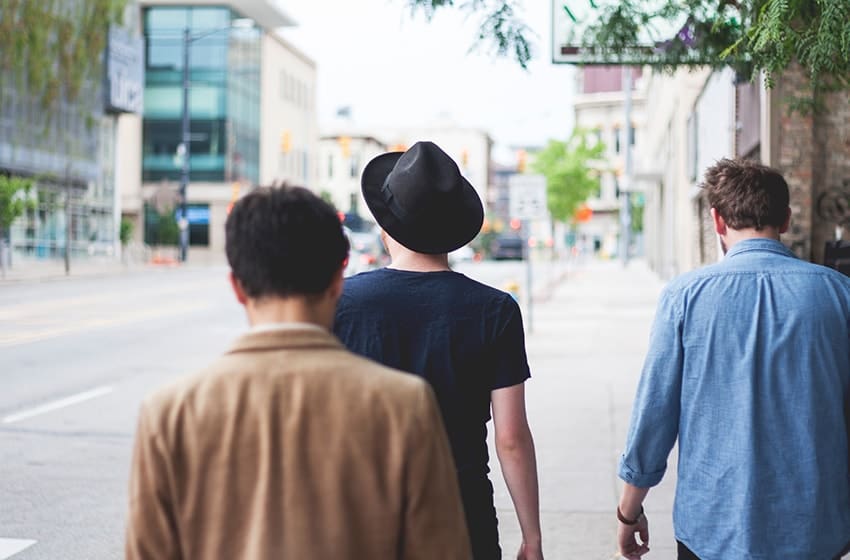One of the more painful conditions to affect our feet are bunions. A bunion is an abnormal, swollen bony bump that appears on the joint at the base of the big toe. Bunions are sometimes called hallux valgus.
Symptoms
Signs and symptoms of a bunion include:
- The base of the big toe is swollen and sticks out.
- The big toe is often bent towards the other toes, and sometimes the second toe is pushed to overlap the third toe.
- Skin around the big toe joint is red and sore.
- Thickened skin at the base of the big toe.
- Pain in the big toe or foot.
- Wearing shoes is painful.
- Pain or difficulty when walking.
Causes and risk factors
It is sometimes difficult to identify the cause of a bunion. Causes of bunions and risk factors for bunions include:
- A family tendency to bunions may make them more likely to develop.
- Congenital (present at birth) deformities of the foot.
- Arthritis of the foot – if it affects walking, it can make bunions more likely to develop.
- Neuromuscular problems, such as cerebral palsy.
- Biomechanical factors, such as low arches, flat feet and hypermobile joints, can increase the risk.
- Wearing shoes that are too tight, too narrow or too short, and with pointed toes will exacerbate symptoms if bunions are present.
- Wearing high heels will also exacerbate existing bunions.
- Women are more prone to bunions than men.
Diagnosis
Your doctor can diagnose bunions by examining your feet and assessing how your big toe moves. An X-ray can show the alignment of the toes and the extent of the deformity.
Complications
Not all bunions cause problems, but complications of bunions can include:
- The second toe becomes pushed up and forms a “hammer toe” due to the big toe crossing over.
- Arthritis in the affected big toe.
- Pain on walking due to the bunion.
Treatment
Correct footwear
Most bunions can be treated without surgery. The first step for treating bunions is to ensure that your shoes fit correctly. Often good footwear is all that is needed to alleviate the problem. Shoes that are wide enough to avoid pressure on the bunion are the obvious first step. Look for shoes with wide insteps and broad toes and definitely no high heels. Sometimes, you can get your existing shoes stretched out by a shoe repairer. Seek advice from a podiatrist. Sometimes the podiatrist may advise you wear orthotics to improve your foot position when walking and slow the progression of the bunion.
Pads and toe inserts
Protective bunion pads may help to cushion the joint and reduce pain. Toe inserts are available that splint the toes straight.
Medicines
Some people find anti-inflammatory medicines, such as ibuprofen or aspirin, or paracetamol help ease the pain of their bunions.
Surgery
For more severe cases, surgery may be necessary. Bunion surgery aims to bring your big toe back into its correct position and to relieve pain. Several different surgical procedures have been used to treat bunions. These include ‘shaving’ excess bone, removing the end of one of the bones or breaking and re-aligning the misplaced bone. Screws and pins are often used to hold the bones in their new positions.
Rehabilitation from bunion surgery can be quite long and usually involves you keeping off your foot for some weeks. After surgery you may have to wear a walking cast. It may take a year or more for complete recovery.
A new surgical technique called minimally invasive bunion surgery is said to have shorter recovery times and to allow greater re-alignment of the big toe, but it is uncertain if the results are as good as traditional surgery.





